The 'N' in SNAP Means Nutrition
SNAP, or Supplemental Nutrition Assistance Program, also known as food stamps, is one of the nation's largest welfare programs.
And, like all welfare programs, it is massive, it has grown prodigiously over the years and it is inefficient.
One glaring issue, which is gaining attention as a result of new Health and Human Services Secretary Robert F. Kennedy Jr.'s Make America Healthy Again campaign, is the kinds of foods that recipients of SNAP funds can purchase.
And here we have convergence of bodily health and fiscal health.
The "N" in SNAP stands for nutrition. The point of the whole program is to help poor Americans eat and not forgo nutrition as result of insufficient funds to buy food. So why should government funds be used to purchase foods that are not fundamental to meeting the requirements of basic nutrition?
The program is funded by the federal government but administered by the states.
Now three Republican governors -- governors of Arkansas, Idaho and Indiana -- are joining the governor of West Virginia in seeking waivers from the federal government to permit them to remove soda, candy and other sweets from the foods that can be purchased with SNAP funds.
SNAP funds flow from the Department of Agriculture, and new Agriculture Secretary Brooke Rollins showed her support for this move by appearing alongside of Arkansas Gov. Sarah Huckabee Sanders when she announced that her state would seek a waiver to eliminate soda and candy.
According to the Foundation for Government Accountability, "Soda is the number one commodity purchased with food stamps. More food stamp money is spent on soda, candy, snacks, ice cream, and cakes than on fruit, vegetables, eggs, pasta, beans, and rice. Purchases of sweetened beverages, desserts, salty snacks, and candy exceed the program's combined sales of fruits and vegetables by $9.4 billion a year."
FGA goes on to point out that the incidence of obesity is higher among food stamp recipients than among those not on food stamps at similar income levels and that food stamp participants are "more likely to be at very high or extremely high risk" of the many health problems that result from obesity.
Per the Federal Reserve Bank of St. Louis, in 1975, federal funding to the SNAP program was $4.6 billion. By 2000, it was $14.6 billion. In 2023, it was up to $111.2 billion.
Per Pew Research, in 1974, there were 12.9 million Americans receiving SNAP funds. In 2023, it was up to 42.4 million.
Most recipients are adults -- 63% are over the age of 18 -- and of adults receiving food stamps, 62% had not been employed at all during the year, 24% were employed over the year and 14% were employed part of the year.
Among children receiving food stamp payments, 56% were in homes with one or no parent.
Much discussion about reform of SNAP involves a more rigorous application of work requirements to receive funding. This points back to importance of health. If SNAP funds permit purchase of foods that are unhealthy, or damage health, so it seems SNAP funds contribute to undermining the ability of recipients to work.
Needless to say, as this initiative gains momentum, as it should, and as more states seek waivers to streamline their SNAP funding to foods that clearly aim to fundamental nutritional needs, the beverage and candy industry can be expected to be all over Congress to block the change.
The Wall Street Journal reported last December about ramped up lobbying by Coke, Pepsi and the American Beverage Association to leave their soft drinks in the purview of SNAP funding.
Some concerns have been expressed by grocers that increased specificity regarding what can be purchased can make administration and monitoring difficult. But surely technology can deal with this.
Removing non-nutritious foods and beverages from SNAP won't balance our federal budget. But it is a no-brainer for our fiscal and physical health.
Star Parker is founder of the Center for Urban Renewal and Education. Her recent book, "What Is the CURE for America?" is available now. To find out more about Star Parker and read features by other Creators Syndicate writers and cartoonists, visit the Creators Syndicate website at www.creators.com.
----
Copyright 2025 Creators Syndicate, Inc.

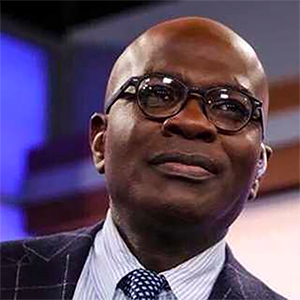



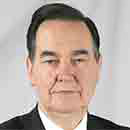





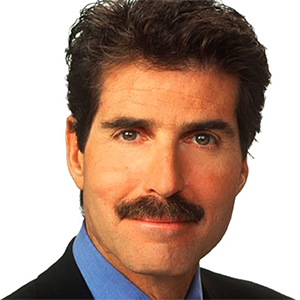

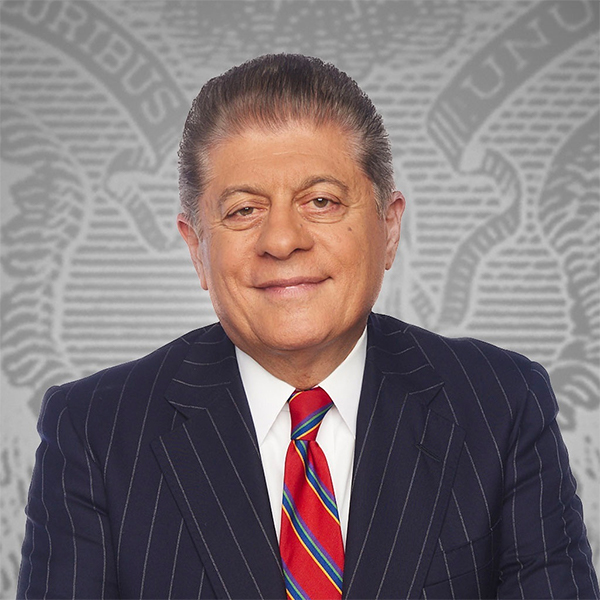
















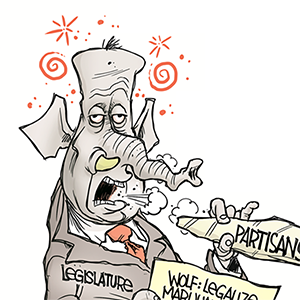

Comments